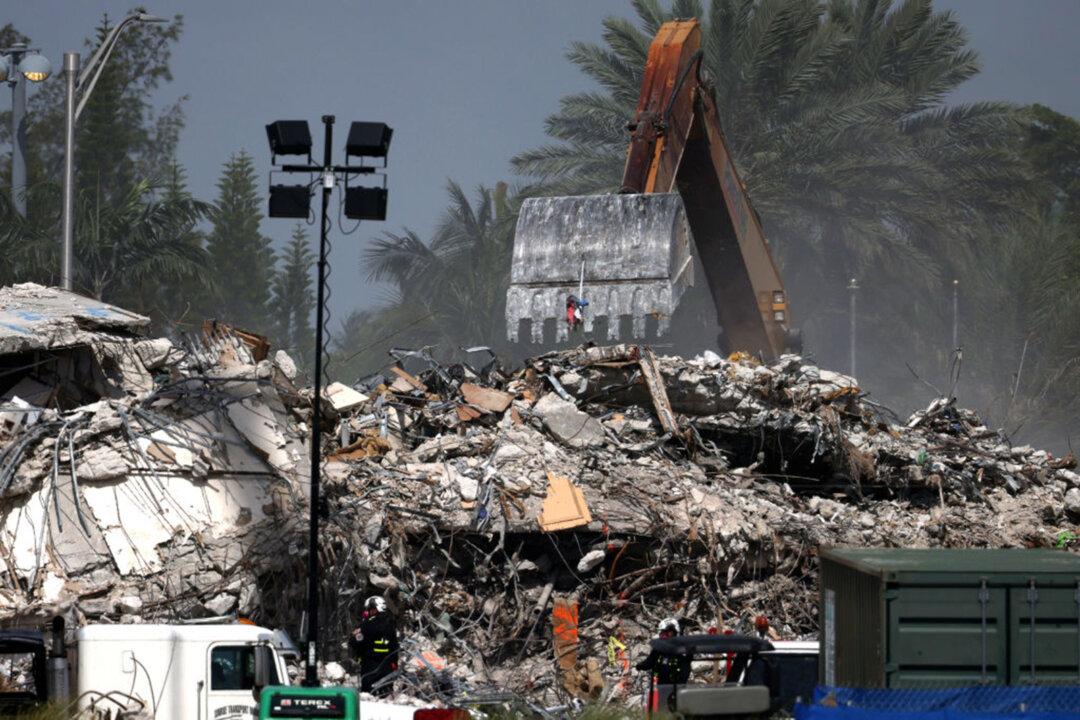By Rene Rodriguez, Ana Claudia Chacin, and Joey Flechas
From Miami Herald
MIAMI—The collapse of the Champlain Towers South building in Surfside introduced a new term to the non-condo dweller’s lexicon: 40-year recertification.

MIAMI—The collapse of the Champlain Towers South building in Surfside introduced a new term to the non-condo dweller’s lexicon: 40-year recertification.